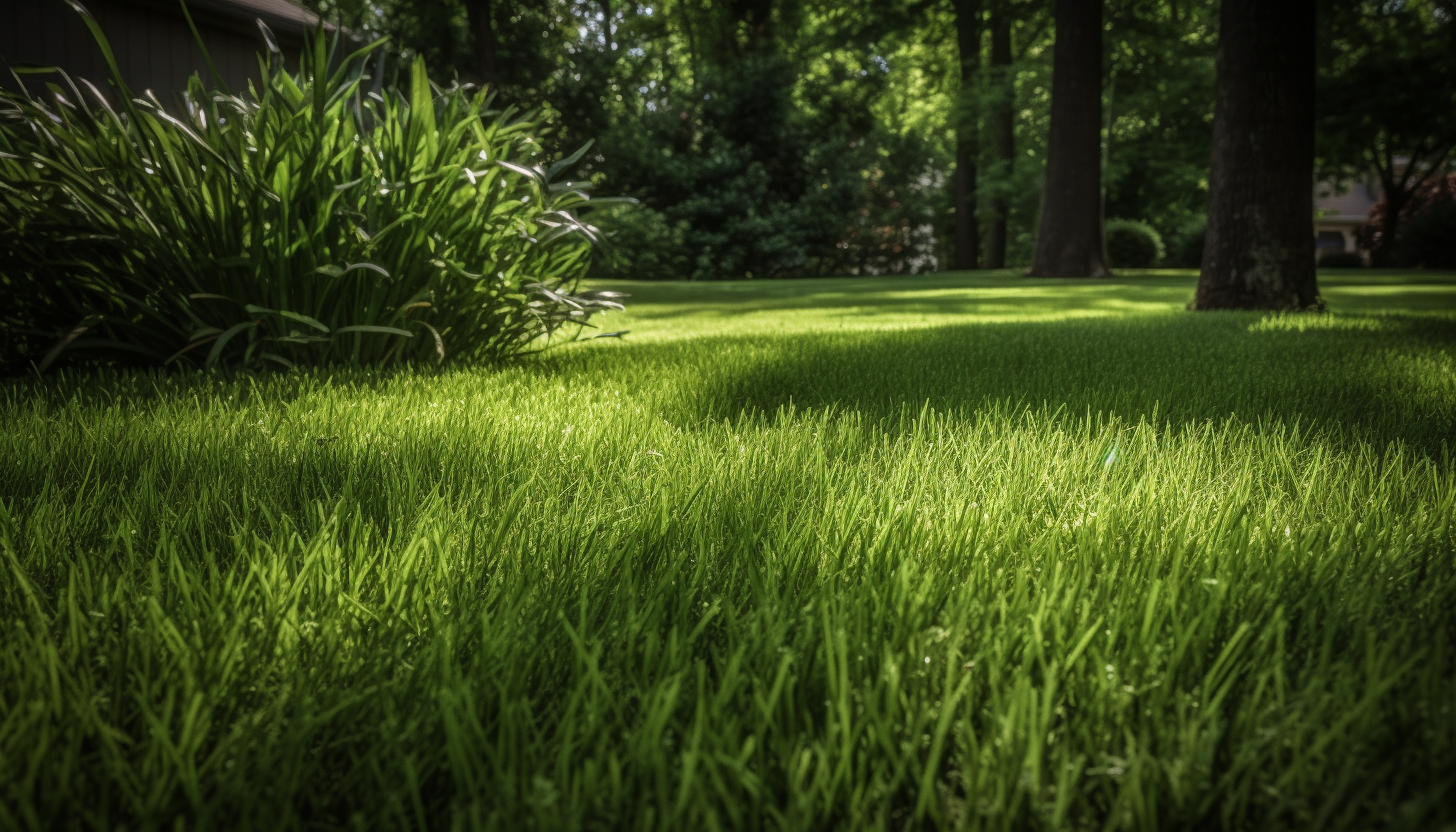Tips for Lush Green Yard

A lush, green yard is the dream of every homeowner. A well-maintained lawn not only enhances the aesthetic appeal of your property but also provides a welcoming space for outdoor activities. Achieving a healthy, vibrant lawn, however, requires more than just mowing your grass. In this ultimate guide to lawn care, we will delve into the essential tips and tricks that will help you transform your yard into a verdant oasis.
Soil Preparation - The foundation of a beautiful lawn begins with healthy soil. Before planting or renovating your lawn, it's crucial to assess and improve your soil's quality. Here's how: Soil Testing: Conduct a soil test to determine its pH level and nutrient content. This will help you identify any deficiencies that need correction. Soil Aeration: Compacted soil can hinder root growth and water absorption. Aerating your lawn by perforating it with small holes will improve air and water circulation. Soil Amendments: Based on your soil test results, add organic matter like compost or peat moss to improve soil structure and nutrient retention.
Grass Selection - Choosing the right grass variety for your region and climate is essential for a successful lawn. Some popular options include: Cool-Season Grasses: Ideal for northern climates with cold winters. Examples include Kentucky bluegrass, fescue, and perennial ryegrass. Warm-Season Grasses: Suited for southern regions with hot summers. Zoysia, Bermuda, and St. Augustine grass are common choices. Transition Zone Grasses: These grasses work well in areas with variable climates. Tall fescue is a popular choice in transition zones.
Mowing Techniques - Proper mowing is critical for a healthy lawn. Follow these guidelines: Set the right height: Adjust your mower to the recommended height for your grass type. Cutting too low can stress the grass and promote weeds. Regular mowing: Stick to a consistent mowing schedule, removing no more than one-third of the grass height in a single mowing. Sharpen your blades: Dull mower blades can tear the grass, leading to a brownish appearance. Keep them sharp for clean cuts.
Watering Wisely - Overwatering or underwatering can harm your lawn. Follow these watering tips: Deep watering: Water your lawn deeply and infrequently to encourage deep root growth. Aim for 1-1.5 inches of water per week. Early morning or late evening: Water your lawn during cooler parts of the day to reduce water loss due to evaporation. Use a rain gauge: Invest in a rain gauge to monitor rainfall and adjust your irrigation accordingly.
Fertilization - Proper fertilization provides essential nutrients for your grass. Consider the following: Seasonal fertilization: Apply fertilizer in spring and fall when your grass is actively growing. Slow-release fertilizers: These provide a consistent nutrient supply over time, reducing the risk of over-fertilization. Follow package instructions: Over-fertilization can lead to nutrient runoff and environmental damage, so use fertilizers as directed.
Weed and Pest Control - Weeds and pests can damage your lawn's health. Control them with these strategies: Pre-emergent herbicides: Apply these before weed seeds germinate to prevent weed growth. Integrated pest management (IPM): Use environmentally friendly methods to manage pests, such as beneficial insects and natural predators. Regular inspection: Monitor your lawn for signs of disease, and take prompt action to prevent its spread.
Conclusion - Achieving a lush, green yard requires dedication and proper care. By following the tips outlined in this ultimate guide to lawn care, you can turn your lawn into a vibrant oasis that enhances the beauty and value of your property. Remember, a healthy lawn is not only visually pleasing but also provides a comfortable space for relaxation and recreation. So, roll up your sleeves, get your hands dirty, and enjoy the rewards of a well-maintained lawn. Your lush green yard awaits!